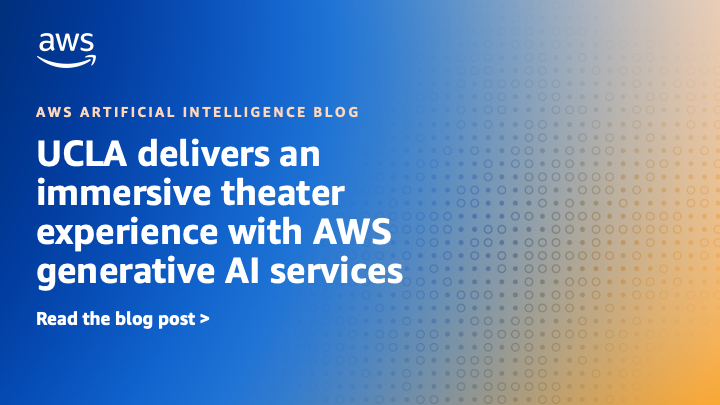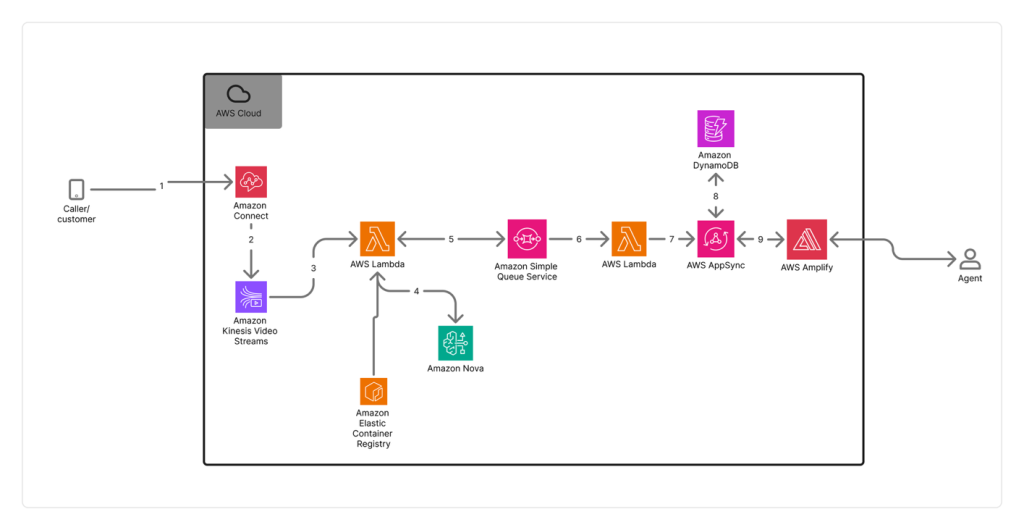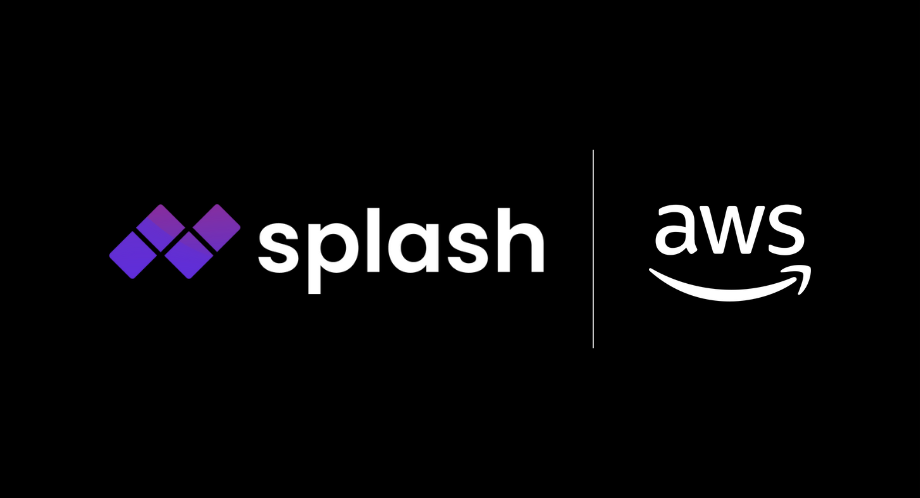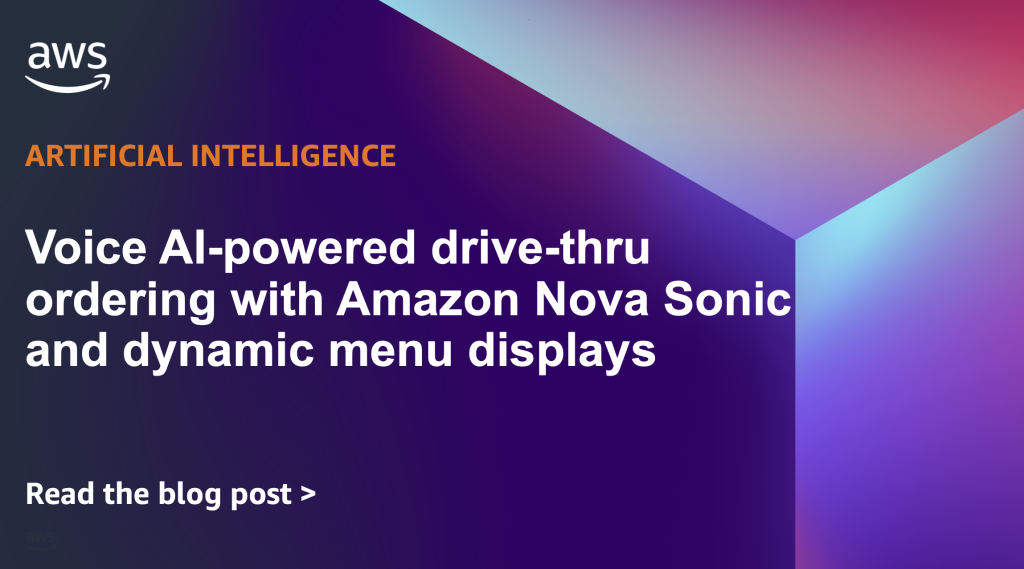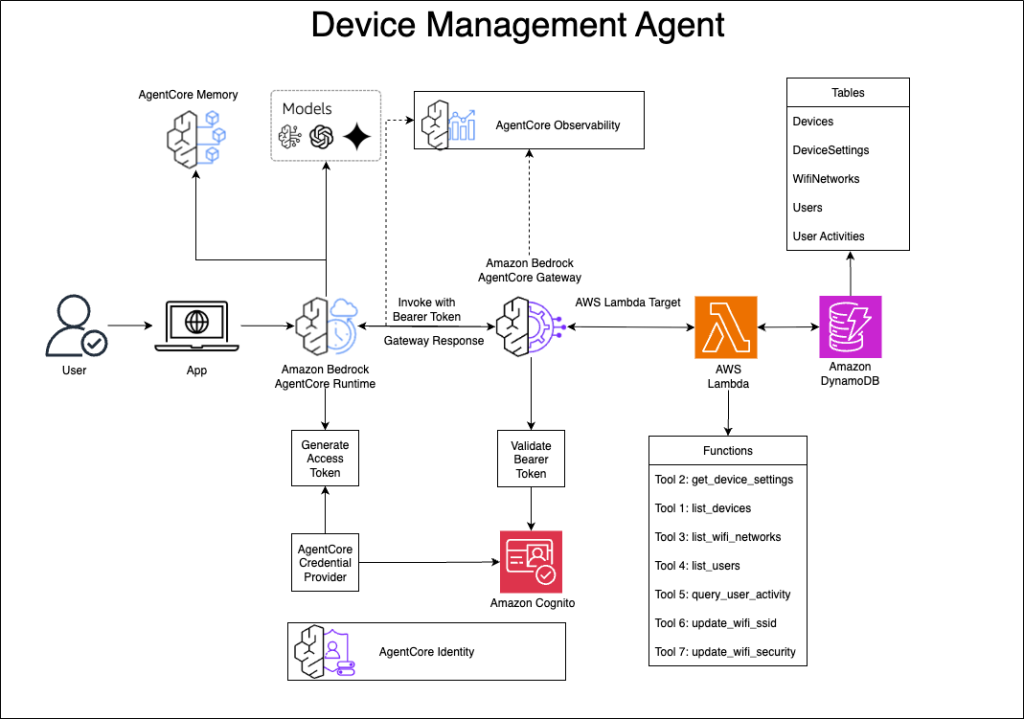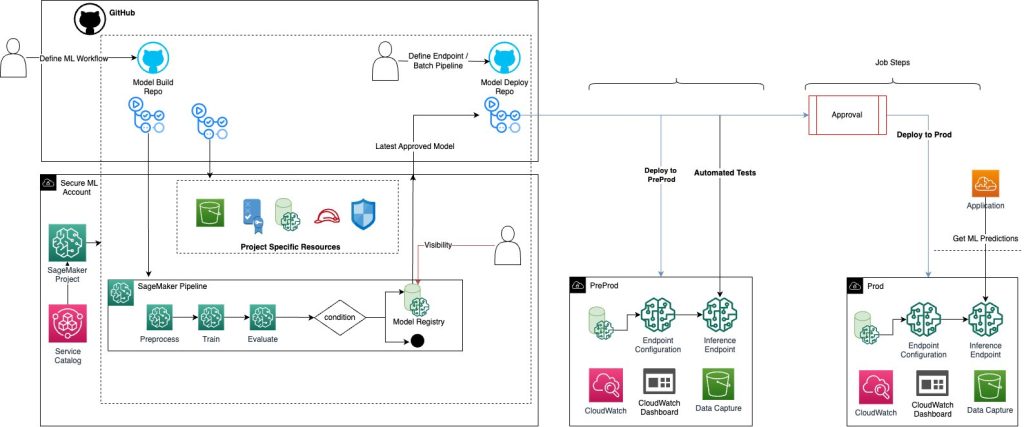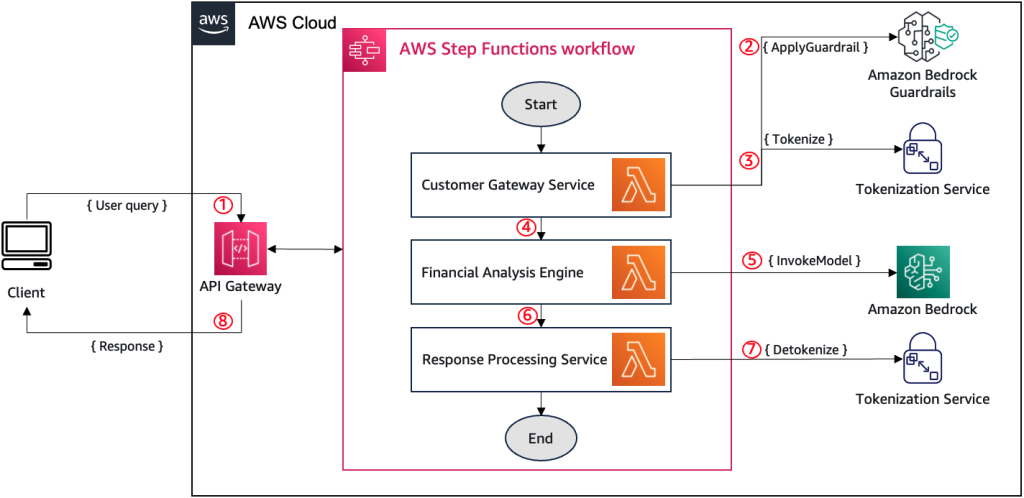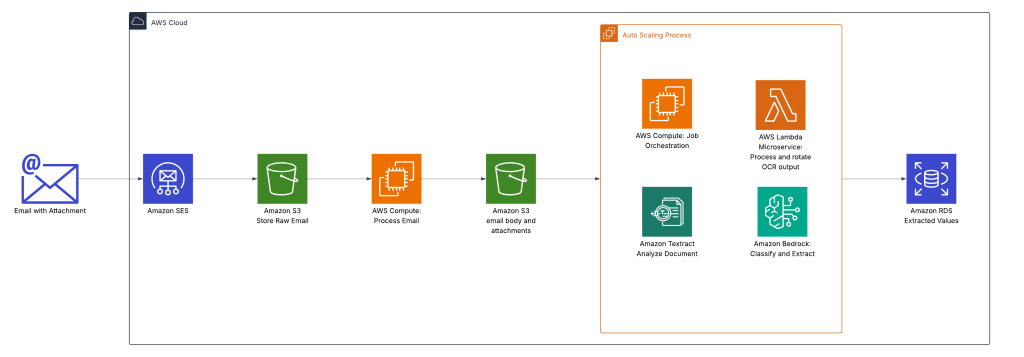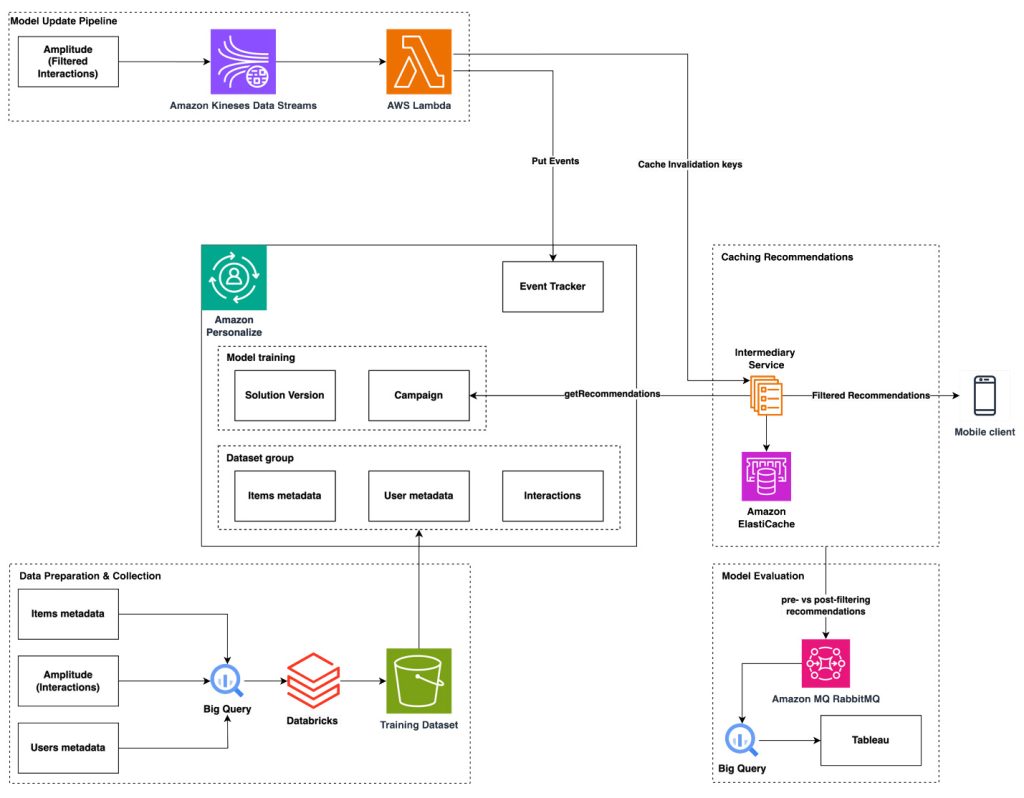Artificial Intelligence
Category: AWS Lambda
University of California Los Angeles delivers an immersive theater experience with AWS generative AI services
In this post, we will walk through the performance constraints and design choices by OARC and REMAP teams at UCLA, including how AWS serverless infrastructure, AWS Managed Services, and generative AI services supported the rapid design and deployment of our solution. We will also describe our use of Amazon SageMaker AI and how it can be used reliably in immersive live experiences.
How Switchboard, MD automates real-time call transcription in clinical contact centers with Amazon Nova Sonic
In this post, we examine the specific challenges Switchboard, MD faced with scaling transcription accuracy and cost-effectiveness in clinical environments, their evaluation process for selecting the right transcription solution, and the technical architecture they implemented using Amazon Connect and Amazon Kinesis Video Streams. This post details the impressive results achieved and demonstrates how they were able to use this foundation to automate EMR matching and give healthcare staff more time to focus on patient care.
Splash Music transforms music generation using AWS Trainium and Amazon SageMaker HyperPod
In this post, we show how Splash Music is setting a new standard for AI-powered music creation by using its advanced HummingLM model with AWS Trainium on Amazon SageMaker HyperPod. As a selected startup in the 2024 AWS Generative AI Accelerator, Splash Music collaborated closely with AWS Startups and the AWS Generative AI Innovation Center (GenAIIC) to fast-track innovation and accelerate their music generation FM development lifecycle.
Voice AI-powered drive-thru ordering with Amazon Nova Sonic and dynamic menu displays
In this post, we’ll demonstrate how to implement a Quick Service Restaurants (QSRs) drive-thru solution using Amazon Nova Sonic and AWS services. We’ll walk through building an intelligent system that combines voice AI with interactive menu displays, providing technical insights and implementation guidance to help restaurants modernize their drive-thru operations.
Build a device management agent with Amazon Bedrock AgentCore
In this post, we explore how to build a conversational device management system using Amazon Bedrock AgentCore. With this solution, users can manage their IoT devices through natural language, using a UI for tasks like checking device status, configuring WiFi networks, and monitoring user activity.
Implement a secure MLOps platform based on Terraform and GitHub
Machine learning operations (MLOps) is the combination of people, processes, and technology to productionize ML use cases efficiently. To achieve this, enterprise customers must develop MLOps platforms to support reproducibility, robustness, and end-to-end observability of the ML use case’s lifecycle. Those platforms are based on a multi-account setup by adopting strict security constraints, development best […]
Implement automated monitoring for Amazon Bedrock batch inference
In this post, we demonstrated how a financial services company can use an FM to process large volumes of customer records and get specific data-driven product recommendations. We also showed how to implement an automated monitoring solution for Amazon Bedrock batch inference jobs. By using EventBridge, Lambda, and DynamoDB, you can gain real-time visibility into batch processing operations, so you can efficiently generate personalized product recommendations based on customer credit data.
Integrate tokenization with Amazon Bedrock Guardrails for secure data handling
In this post, we show you how to integrate Amazon Bedrock Guardrails with third-party tokenization services to protect sensitive data while maintaining data reversibility. By combining these technologies, organizations can implement stronger privacy controls while preserving the functionality of their generative AI applications and related systems.
Oldcastle accelerates document processing with Amazon Bedrock
This post explores how Oldcastle partnered with AWS to transform their document processing workflow using Amazon Bedrock with Amazon Textract. We discuss how Oldcastle overcame the limitations of their previous OCR solution to automate the processing of hundreds of thousands of POD documents each month, dramatically improving accuracy while reducing manual effort.
The power of AI in driving personalized product discovery at Snoonu
In this post, we share how Snoonu, a leading ecommerce platform in the Middle East, transformed their product discovery experience using AI-powered personalization. In this post, we share how Snoonu, a leading ecommerce platform in the Middle East, transformed their product discovery experience using AI-powered personalization.
